Sometimes, the most fascinating creatures are the ones that require a closer look. Tiny animals, small enough to fit in the palm of your hand, showcase an incredible array of life that often goes unnoticed. These minuscule marvels may not roar or tower over you, but their size doesn’t stop them from being impressive in their own right. Whether they’re hoppers, gliders, or crawlers, each of these petite pals brings something unique to the table. Let’s explore these pint-sized wonders and discover what makes them so captivating.
1. Pygmy Marmoset
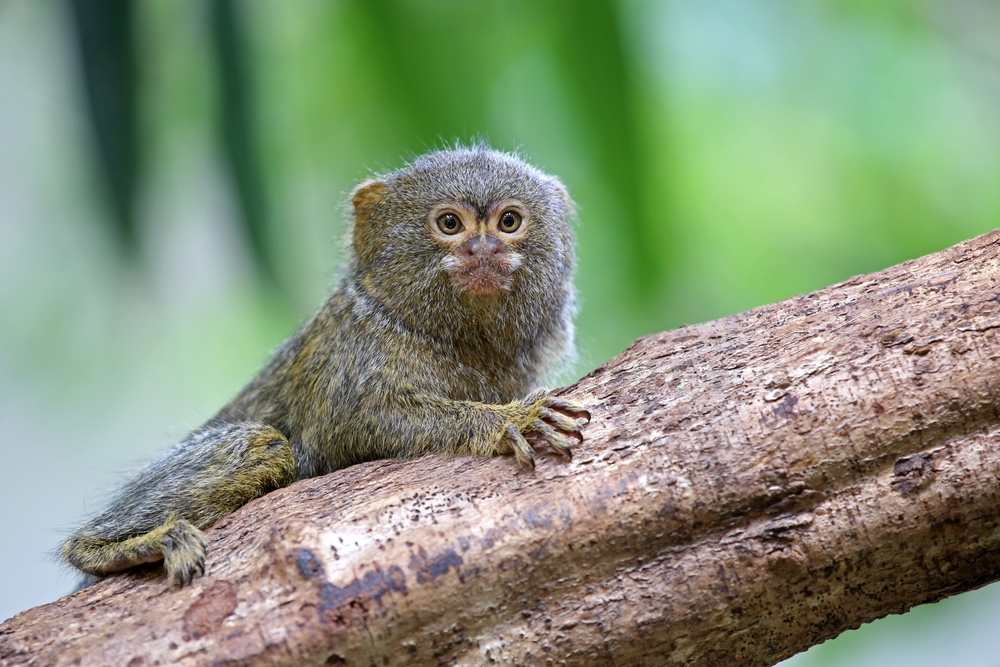
The pygmy marmoset is the world’s smallest monkey, hailing from the dense rainforests of South America. Weighing in at about 100 grams, this little primate could easily sit in the palm of your hand and still have room to spare. These monkeys have a remarkable ability to leap between branches, using their sharp claws to hold tight to tree bark. Interestingly, their diet mostly consists of tree gum, which they extract by gnawing at the bark. According to primatologist Dr. Anthony Rylands, their social behavior is complex and involves intricate vocal communications among group members.
Despite their small size, pygmy marmosets have a surprisingly strong sense of curiosity and are known to investigate anything that catches their eye. In captivity, they require mental stimulation and social interaction to thrive. They have complex social structures and often live in family groups of up to nine individuals. Their small size and need for a specific environment make them a rare pet, often protected by laws in their native countries. It’s fascinating how much personality these tiny creatures can pack into such a small package.
2. Bumblebee Bat
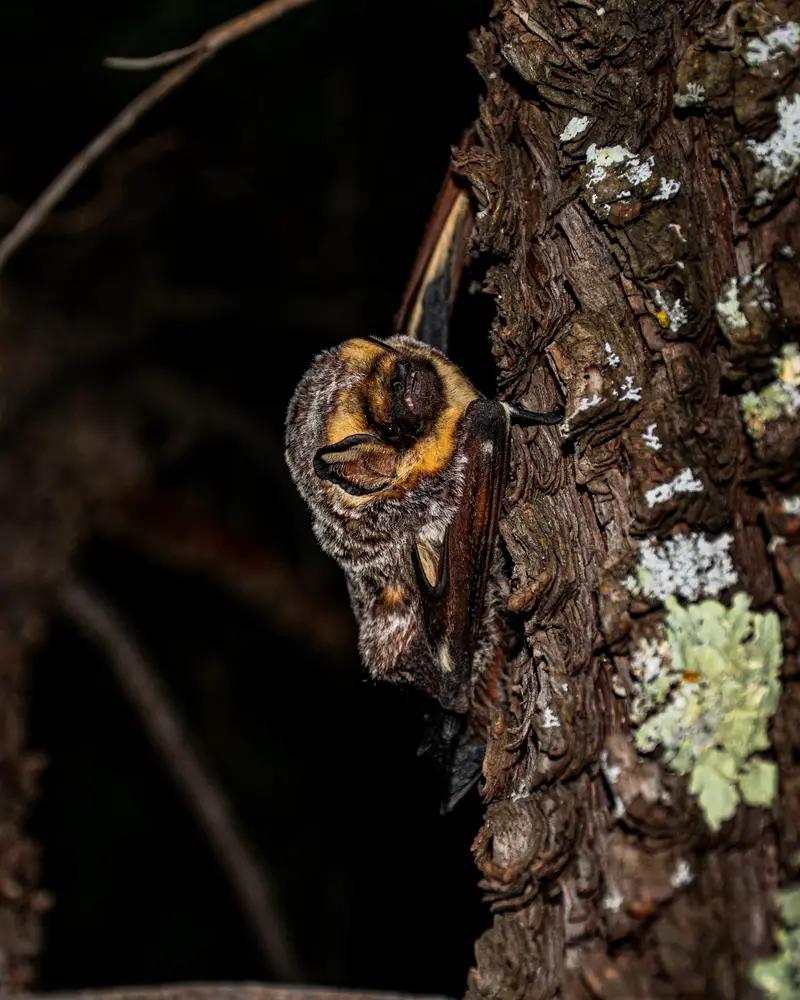
Imagine a bat that weighs less than a penny. The bumblebee bat, also known as Kitti’s hog-nosed bat, is not only the smallest bat in the world but also one of the smallest mammals. Found in the limestone caves of Thailand and Myanmar, this bat measures just over an inch in length. They flit about like tiny shadows, hunting for insects near the water at dusk. Despite their miniature stature, they play a significant role in their ecosystem by controlling insect populations.
Bumblebee bats have a unique appearance, with a pig-like snout and reddish-brown fur. Their wingspan may be small, but it’s perfectly adapted for their agile flight. These bats have a highly specialized echolocation ability, allowing them to navigate the dark and find food efficiently. Their conservation status is a concern, as habitat loss poses a significant threat to their populations. Protecting these little bats is crucial, as they are a key component of their habitat’s biodiversity.
3. Fennec Fox
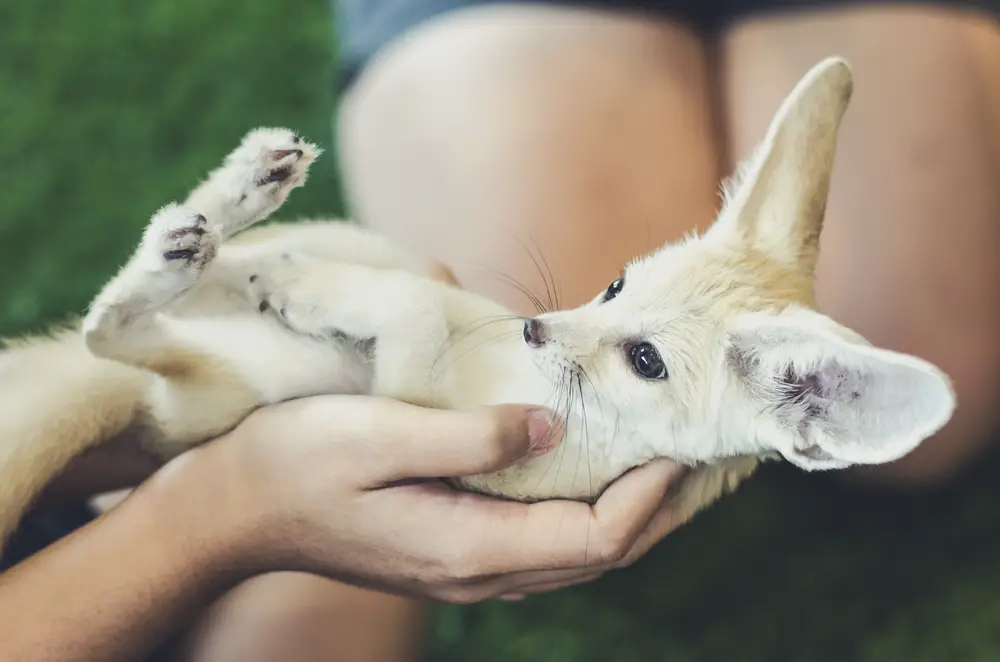
The fennec fox, native to the Sahara Desert, is the smallest of all the world’s foxes. With its oversized ears and petite frame, it’s an undeniably cute animal that can fit comfortably in your palm as a pup. These large ears are not just for show—they help to dissipate heat and locate prey. The fennec fox’s ears can hear prey moving underground, allowing them to thrive in their harsh desert environment. Their sandy-colored fur acts as camouflage in their desert home, providing protection from predators.
Fennec foxes are social animals, often living in small communities within the desert. They are nocturnal, which means they are most active during the cool nights, avoiding the scorching daytime heat. Their diet consists of insects, small rodents, and fruits, making them opportunistic feeders. Despite their size, these foxes have a playful nature and are known for their energetic antics. While they can be kept as exotic pets, they require specific care and attention to thrive outside their natural habitat.
4. Northern Pygmy Owl
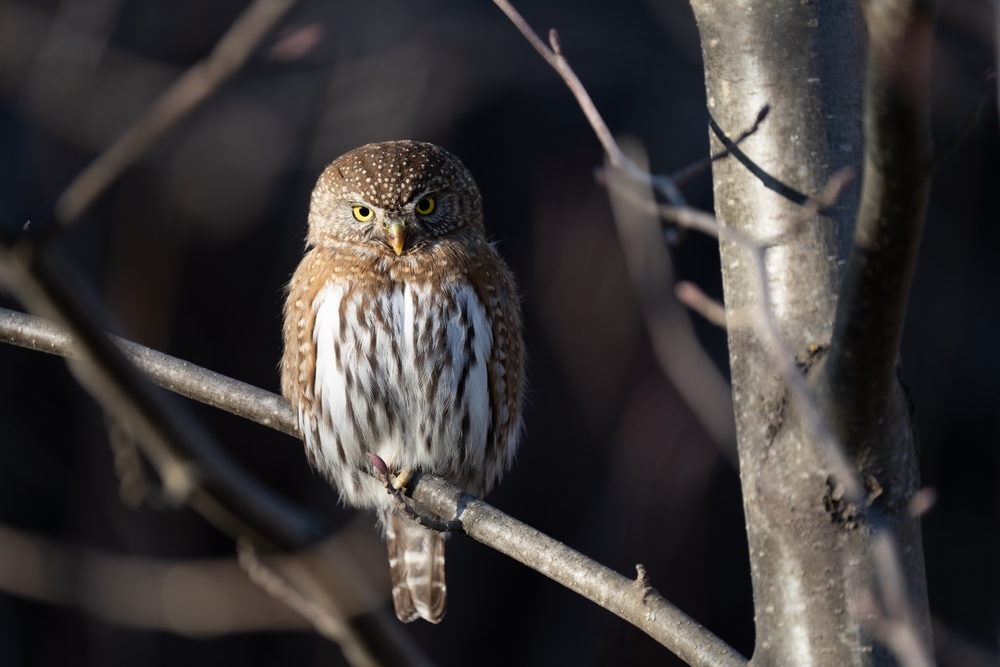
The northern pygmy owl is a tiny bird of prey, measuring only about 6 inches in length. Despite their small size, these owls are fearless hunters, often taking on prey larger than themselves. They inhabit the forests of North America, particularly in the western regions. With striking yellow eyes and a compact body, their appearance is both captivating and endearing. During the day, they are often seen perched silently, keeping a keen eye out for any movement.
Unlike most owls, northern pygmy owls are diurnal, meaning they are active during the day. This unusual behavior allows them to take advantage of daylight hunting opportunities. Their diet primarily consists of small mammals and birds, which they catch with remarkable agility. These owls have a unique ability to turn their heads nearly 270 degrees, scanning their surroundings for potential threats or meals. Despite their fierce hunting skills, they are vulnerable to larger predators, highlighting the delicate balance of their ecosystems.
5. Ladybird Beetle
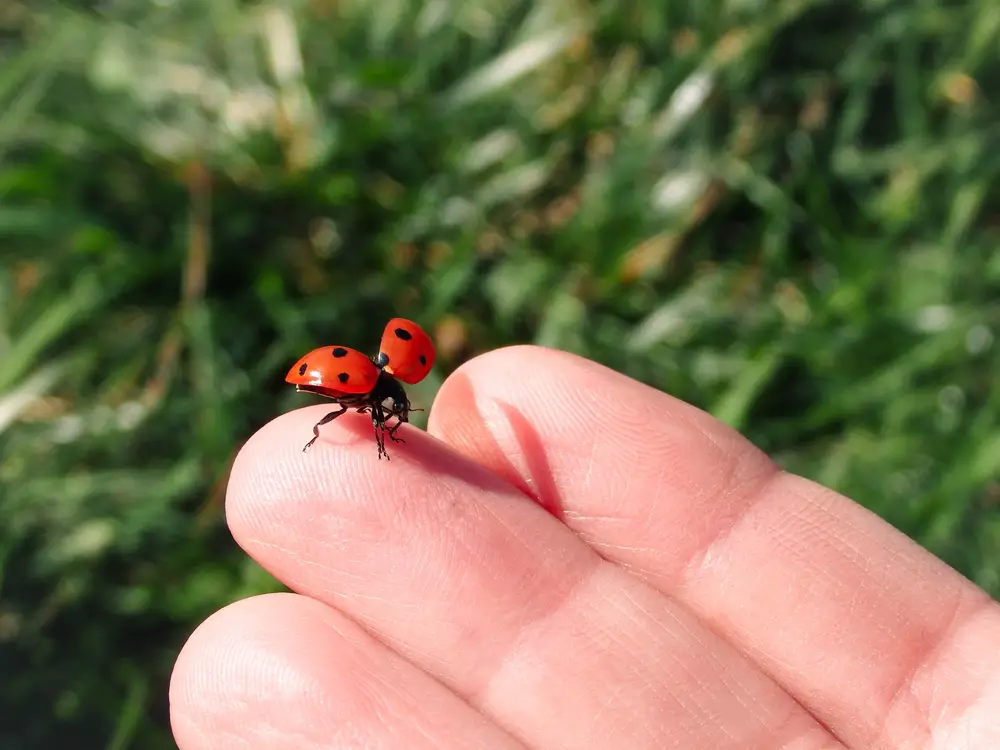
Ladybird beetles, commonly known as ladybugs, are tiny but mighty insects that are beloved by gardeners worldwide. With their vibrant red and black-spotted bodies, they are easy to spot and often seen as a sign of good luck. These beetles play a crucial role in pest control, feasting on aphids and other plant-damaging insects. According to entomologist Dr. Jessica Ware, ladybird beetles are voracious predators and can eat up to 5,000 aphids in their lifetime. This makes them invaluable allies in maintaining healthy gardens.
Ladybirds undergo a fascinating life cycle, starting as eggs, then larvae, before transforming into the adult beetle form we’re familiar with. During their larval stage, they are equally effective at controlling pest populations. Their bright coloration serves as a warning to potential predators, signaling that they might be unpalatable. However, despite their effectiveness, they face challenges from habitat loss and climate change. Preserving their natural habitats is essential to ensuring these tiny garden helpers continue to thrive.
6. Brookesia Micra Chameleon
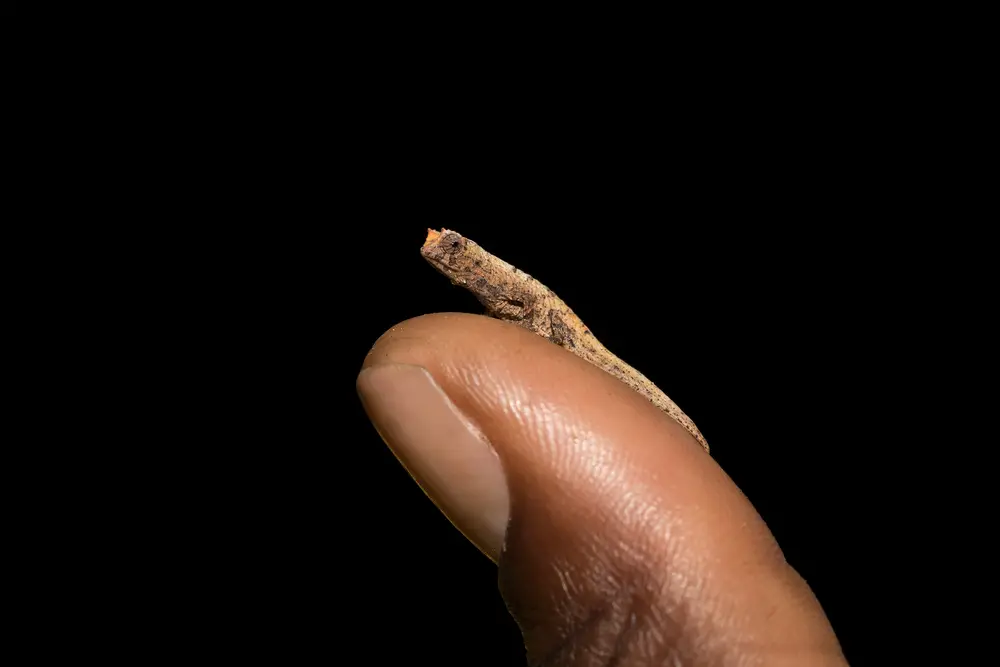
Meet the Brookesia micra chameleon, a reptile so small it could comfortably perch on your fingertip. This minuscule lizard is native to the forests of Madagascar and is one of the smallest reptiles in the world. Adult Brookesia micra chameleons measure a mere inch in length, making them masters of blending into their surroundings. Their coloration and pattern mimic the forest floor, providing excellent camouflage from predators. Despite their size, they possess the same chameleon traits as their larger relatives, including the ability to change color.
These tiny chameleons are primarily ground-dwellers and prefer to stay close to leaf litter and low vegetation. Their diet consists mainly of small insects, which they capture using their rapid, sticky tongues. Due to their diminutive size and secretive nature, observing them in the wild is a rare treat for researchers. However, their populations face threats from deforestation and habitat loss. Conservation efforts are critical to protect these unique creatures and the delicate ecosystems they inhabit.
7. Etruscan Shrew
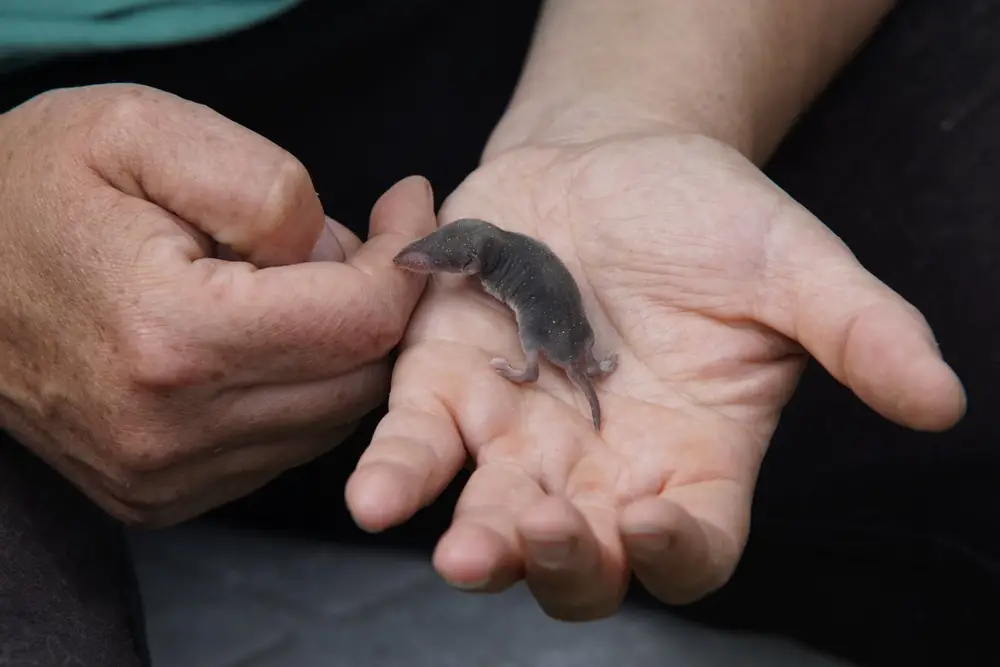
The Etruscan shrew is a contender for the title of the smallest mammal by mass in the world. Weighing in at about 1.8 grams, this tiny creature can easily rest on a single fingertip. Native to parts of Europe and North Africa, the Etruscan shrew is a hyperactive little animal with a voracious appetite. Its high metabolism requires it to eat nearly twice its body weight in food each day. According to mammalogist Dr. Neil Holmes, the Etruscan shrew’s heart rate can exceed 1,500 beats per minute, a testament to its high-energy lifestyle.
Etruscan shrews primarily feed on insects and other invertebrates, using their acute sense of smell to locate prey. Their small size allows them to inhabit a variety of environments, from forests to grasslands. Despite their diminutive stature, they are fierce hunters, using sharp teeth to subdue their prey. The Etruscan shrew’s high metabolism also means it has minimal fat reserves, making it vulnerable to starvation if food is scarce. Protecting its natural habitat is key to ensuring the survival of this remarkable, tiny mammal.
8. Philippine Tarsier
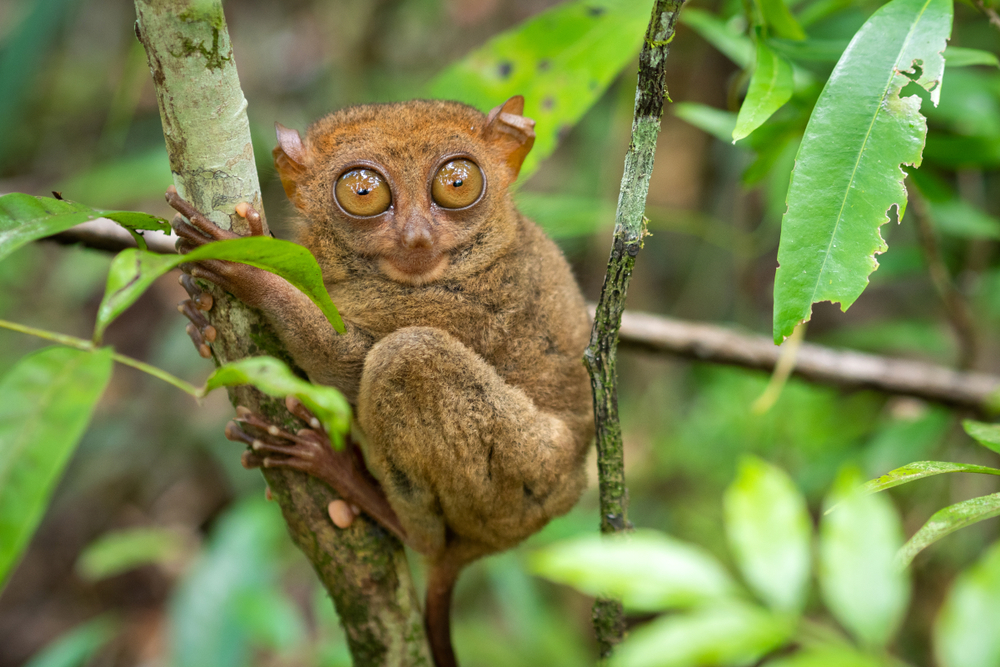
The Philippine tarsier is a small primate with big eyes and an equally captivating presence. These nocturnal creatures are native to the dense forests of the Philippines and are known for their distinctive appearance. Their large eyes are perfectly adapted for night vision, as they hunt insects and small vertebrates in the dark. Measuring just 3 to 6 inches in body length, they are easily held in the palm of a hand. Tarsiers have a unique skeletal structure, allowing them to rotate their heads almost 180 degrees.
These small primates are solitary by nature, preferring the quiet and solitude of their forest homes. Despite their reclusive tendencies, they communicate using a range of vocalizations and ultrasonic sounds. The Philippine tarsier’s diet consists mainly of insects, which they catch with incredible agility. Unfortunately, deforestation and habitat destruction have placed them on the endangered species list. Conservation efforts are underway to protect their remaining habitats and ensure their survival.
9. Speckled Padloper Tortoise
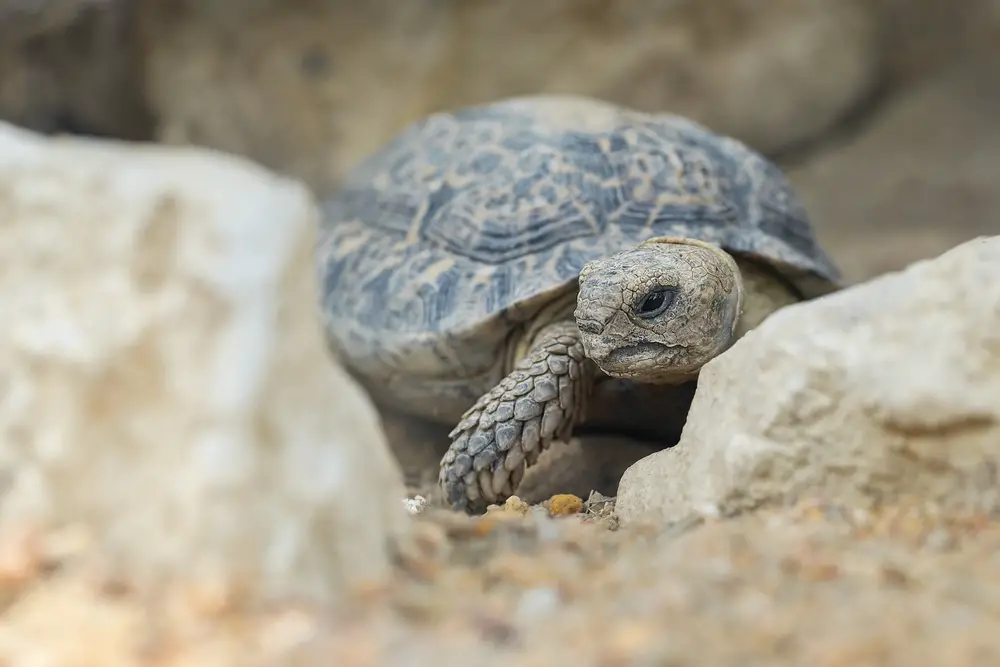
The speckled padloper tortoise holds the title of the world’s smallest tortoise species. Found in South Africa, these tiny reptiles measure about 3 to 4 inches in length when fully grown. Their name, “padloper,” comes from the Afrikaans word for “trail walker,” referring to their slow, deliberate movements. Despite their small size, they have distinct speckles on their shells, providing camouflage against the rocky terrain they inhabit. These tortoises are herbivorous, feeding on a variety of grasses and succulents.
Speckled padloper tortoises are shy creatures, often retreating into their shells at the first sign of danger. Their small size and specialized habitat requirements make them vulnerable to environmental changes and human activities. They are particularly susceptible to the illegal pet trade, which poses a significant threat to their populations. Conservationists are working to protect them through habitat preservation and strict regulation of wildlife trade. These efforts are crucial to ensure that these diminutive trail walkers continue to roam their natural habitats.
10. Madagascar Dwarf Gecko
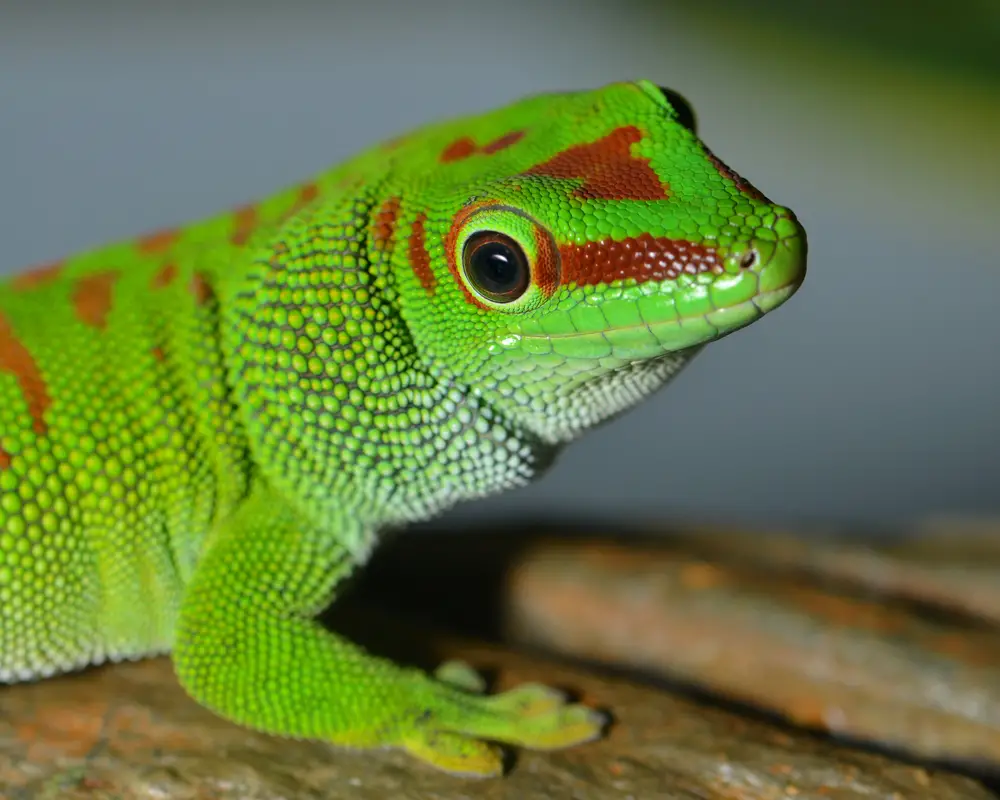
The Madagascar dwarf gecko is a tiny reptile with vibrant colors and a lively personality. This gecko species is native to the forests of Madagascar, where it can be found darting around in search of insects. Measuring just a few inches in length, these geckos are among the smallest lizards in the world. Their bright green bodies with red or blue markings make them stand out against the lush foliage. Despite their size, they are agile climbers, using tiny toe pads to grip surfaces.
Madagascar dwarf geckos are diurnal, meaning they are active during the day. This behavior allows them to bask in the sun, essential for their thermoregulation. They have a varied diet, including insects, nectar, and fruit juices, which they lap up with their small tongues. These geckos are popular in the pet trade due to their vivid colors and manageable size. However, habitat loss remains a significant concern, threatening their populations in the wild.
11. Honduran White Bat

The Honduran white bat is a small, unusual-looking bat with pure white fur and strikingly orange faces. These bats are native to Central America, where they roost under the leaves of heliconia plants. Measuring just over an inch in length, they are known for their unique tent-making behavior. By cutting along the veins of large leaves, they create a makeshift shelter from the elements. This adaptation offers protection from predators and a stable environment for their colony.
Honduran white bats are frugivorous, primarily feeding on fruit. Their diet contributes to seed dispersion, playing a vital role in their ecosystem. Despite their ghostly appearance, they are social animals, often found roosting in small groups. Their striking coloration acts as camouflage, blending in with the light filtering through the leaves. While not considered endangered, they rely on healthy forest environments to continue thriving, making habitat conservation essential.
12. African Pygmy Hedgehog
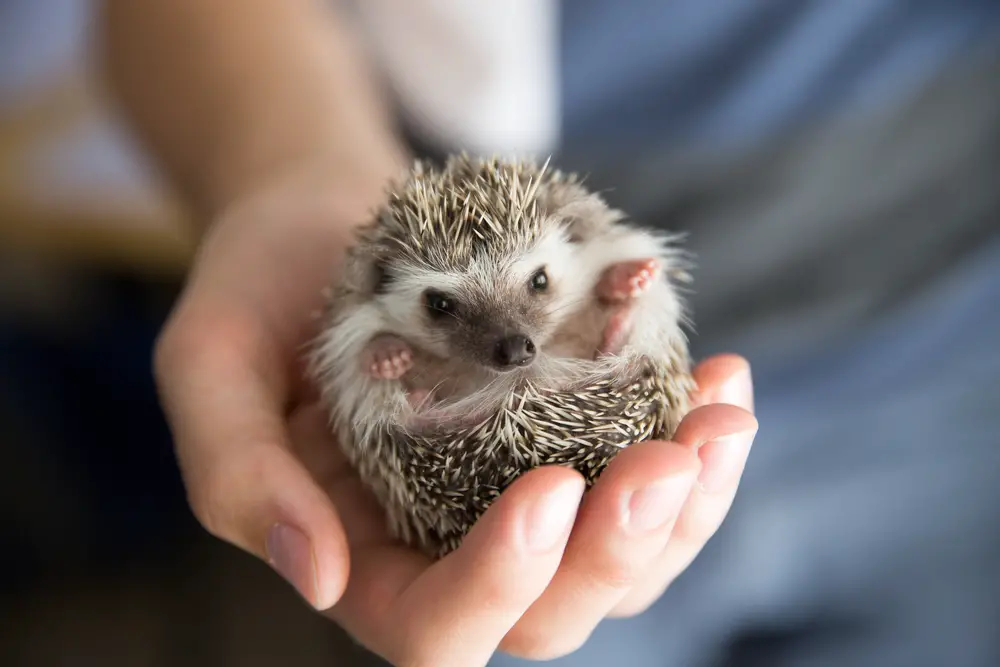
The African pygmy hedgehog is a small mammal with a charming appearance and an endearing personality. Known for their quill-covered backs, these hedgehogs are native to Central and Eastern Africa. Weighing in at around 1 pound, they are small enough to fit comfortably in your hand. Their quills are primarily used for defense, deterring potential predators with a sharp poke. Despite their spiky exterior, they are gentle and curious animals.
African pygmy hedgehogs are nocturnal creatures, coming to life during the cooler night hours to forage for food. Their diet in the wild consists of insects, small vertebrates, and some plant material. In captivity, they are often fed a specialized diet to ensure they receive proper nutrition. Hedgehog enthusiasts are captivated by their unique behaviors, like their tendency to perform “self-anointing,” a curious act of creating a frothy saliva mixture to spread on their quills. As pets, they require specific care and attention, including a warm environment and plenty of mental stimulation.
13. Western Pygmy Blue Butterfly
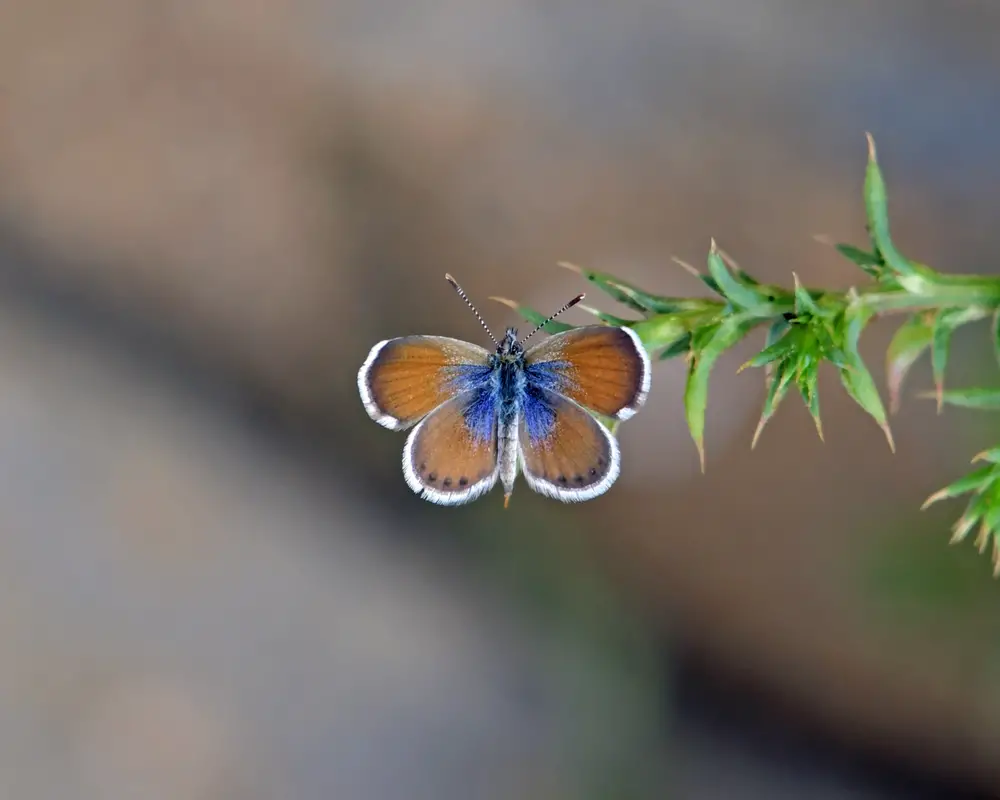
The western pygmy blue butterfly is a delicate insect found throughout the southwestern United States. With a wingspan of just half an inch, it holds the title of one of the smallest butterflies in the world. Its wings are a blend of copper and blue hues, creating a beautiful contrast against its desert habitat. These butterflies are often seen fluttering close to the ground, searching for nectar among wildflowers. Despite their tiny size, they are resilient animals that can withstand the harsh conditions of their arid environment.
Western pygmy blue butterflies undergo a complete metamorphosis, from egg to caterpillar, then chrysalis, before emerging as adults. As caterpillars, they feed on plants like saltbush and seepweed, providing an essential role in the food chain. Their populations are highly influenced by climate and environmental changes, making them sensitive indicators of ecosystem health. Conservation efforts focus on preserving their natural habitats and ensuring the availability of host plants. Observing these tiny butterflies in their natural setting is a reminder of the intricate web of life that exists even in the smallest corners of our world.
